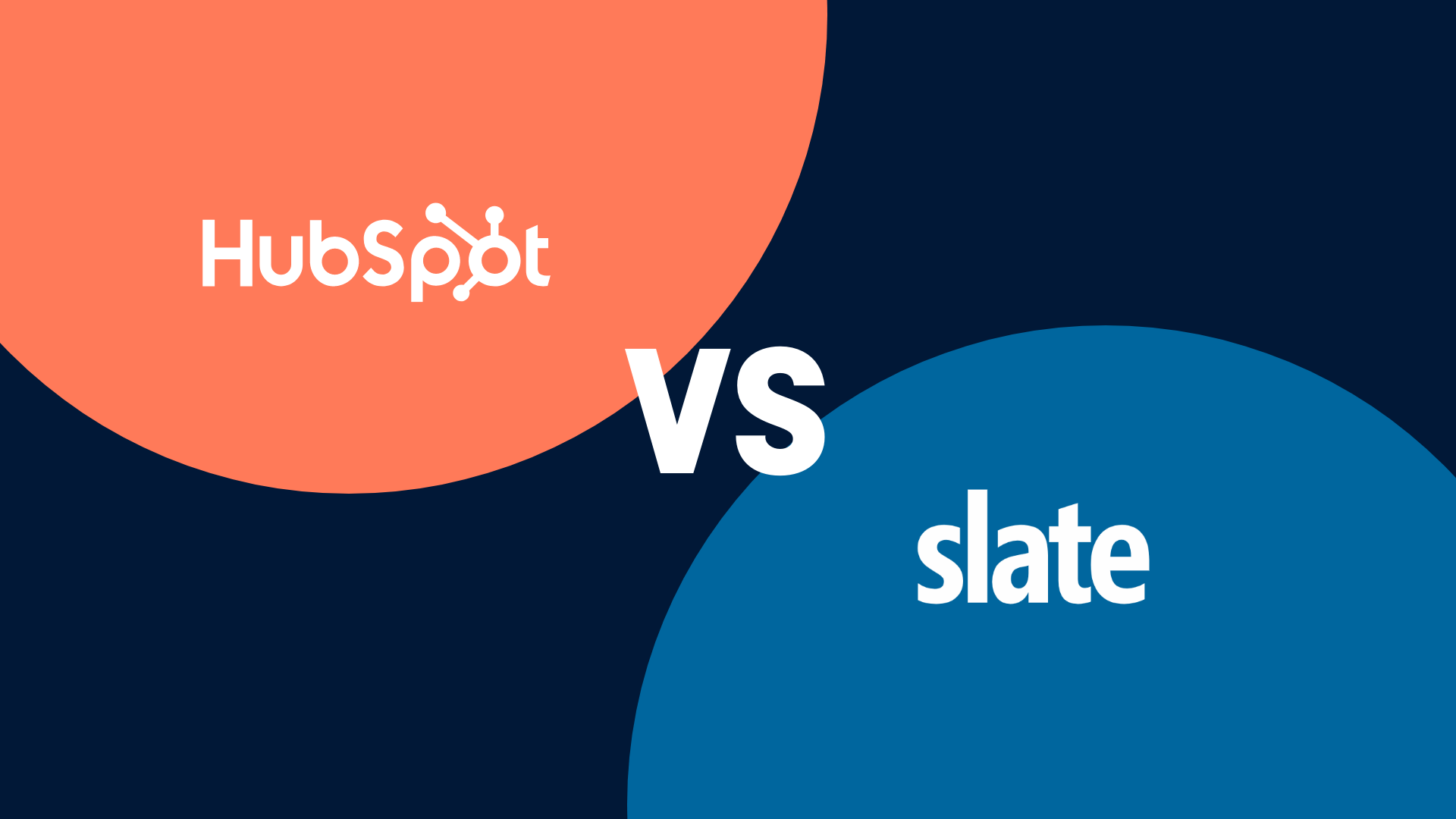With Apple’s ongoing (and honorable) mission to cater to buyer preferences, higher ed institutions can follow suit by incorporating new best practices into their student recruitment and email marketing strategies that don't rely so heavily on email open rates.
The situation (ICYMI):
Apple’s release of iOS 15 on September 20 comes packed with new features, including:
|
1 |
Mail Privacy Protection, which “prevents senders from learning whether an email has been opened” and hides IP addresses so senders can’t learn a user’s location or use it to build a profile on them.” (Apple) |
|
2 |
Hide My Email, which allows users to “share unique, random email addresses that forward to their personal inbox anytime they wish to keep their personal email address private.” (HubSpot Community Forum) |
Ipso facto, businesses and marketers everywhere who rely on metrics like email opens as well as location data to inform their communication strategies, now have a fire lit under them to focus on other, better engagement metrics.
What’s the effect privacy updates have on enrollment marketing?
The main implication with these privacy updates is that email open rates are going to be even less meaningful than they already are. Open rates have already been losing luster - this is just helping them fall further down the list of important marketing metrics. In fact, to us, this is good news. It gives more weight to creating good, valuable content that your students actually want to engage with!
Overall, we want to be loud and clear here that moving away from open rates is a good thing.
Even though only a small percentage of your prospective and current students are using iOS 15 and are actively opting into new features like this, the fact that the feature exists makes any data around open rates unreliable.
- Because Apple will be “opening” emails on behalf of their users thanks to the new tracking pixels, email open rates are bound to be inflated. It may say on your end that Susie Student “opened” your email, but she never really did - she just uses her new iPhone that comes with the new operating system and privacy features.
If you start seeing an improvement in your open rates, don’t give all the credit to your colleague who writes the subject lines. (Though they may deserve some!) - If you segment your students based on IP-based location or if you use email features that send based on “time zone” - you may miss the mark with anyone using Apple Mail. You might want to send the email to Susie Student at 9:00 a.m. her time, but because her IP address is hidden, it could deliver before/after that - or possibly not at all.
- With the “Hide My Email” feature, multiple contact records may be associated with opening the same email because users can create fake email addresses to protect their personal, real addresses. Fake contacts might be created in your system, skewing your numbers and potentially wasting your team’s time if they are tasked with following up with new contacts.
Give this update a few months, however, and it will become even more difficult to rely on ‘email open’ metrics across the board as 1) more people will be opting into this feature, and 2) Apple is not the only tech giant moving in the direction toward protecting consumer privacy. In any case, that population of people who are hiding their IP addresses will only get larger and will force higher ed marketing teams to automate, segment, and send emails differently. It’s in your and your students’ best interest to embrace more targeted, personalized outreach.
How can you make changes now that will help moving forward?
1. Take a “Snapshot” of Today’s Data to Leverage in the Short-Term
First, actually, take a deep breath. The real impact of the privacy features is yet to come, so it’s totally okay to keep doing the things you’re doing that are working right now. Don’t stop communicating!
Then, remember that you likely already have a lot of contacts in your database who’ve engaged with your institution thus far. For those contacts, if the data is clean and accurate, consider creating lists and segments based on their activity to-date. For example, if 50 of your contacts opened emails within a specific campaign prior to July 2021 like “Fall 2021 Inquiries” yet did not take the next action, they could be put into an email segment to follow up.
2. Start Re-evaluating the Way You Measure Email Performance
Specifically, zero in on how you track and use “email opens” because there really are better ways to see if your marketing is working.
Moving forward, try replacing your winning metric with:
Clicks—the new gold standard: Within the email (once opened), "clicks" are measured by any linked/hyperlinked content that is clicked by the recipient, usually leading to content outside the email.
- How are they clicking? Are they prone to clicking images, in-line text, CTA buttons?
- What are they clicking through to? Which offering is of the most value to them?
Clicks are next-level compared to opens. If no one is clicking anything, you need to seriously question whether your content is valuable, relevant, or interesting enough to take an action with. (FYI, we're pretty good at content marketing if you want any help with yours.)
Looking back, do you have email sequences built off of “open” triggers? Any workflows, drip sequences, automated reports, etc. will be less effective if they depend on whether a contact opens the email or not. It’s time for an audit of your email communication flow. (Psst - we can help there, too.)
3. Look Beyond “Subject Lines” for A/B Testing
Many of our clients at DD Agency perform A/B tests with their emails to see which subject line is more powerful for a given audience relies largely on the open rate. For example, they send the same email out to 500 people, but a random 250 of the 500 get Email A with subject line “You’re Invited to DD University’s Open House” while the remaining 250 are sent Email B “Susan, we can’t wait to see you at Open House!” Typically, the email with the higher open rate is associated with the better subject line, and the email with the better subject line is then chosen to be sent to the remaining 5,000 on the list to get the best open rate possible.
 That methodology could continue to work, if it happened to be that both random populations had a relatively similar number of iOS users - but it’s really impossible to know for sure, so we recommend focusing on other variables.
That methodology could continue to work, if it happened to be that both random populations had a relatively similar number of iOS users - but it’s really impossible to know for sure, so we recommend focusing on other variables.
An alternative to testing a subject line, which is tied to open rate, would be to test the contents of the email itself. There are several ways to do that to achieve better click rates, a different metric that can be more valuable than open rate:
- Tweak the headline slightly
- Use two different CTA styles
- Change the header image
4. Respect the Increased Value of the Opt-In
As more consumers using Apple products and other majorly influential products/services release more customer-centric updates and policies, gone are the days of getting any significant value out of purchased lists. It’s already a toss up of whether students provide their actual email addresses or phony ones when prompted to fill out college search forms. They don’t want to be spammed, so they’ve already been taking matters into their own hands.
And now, innovative companies are recognizing the need to cater to consumer preferences. The most valuable contacts, after all, are the ones who are actively engaged and interested in what you’ve got to offer and are more likely to opt into receiving information from you. Give them the opportunity to do so along the way and throughout multiple channels beyond email!
Why is it important to stay informed of the changing, broader marketing landscape?
These privacy implications affect industries well beyond higher ed — but oftentimes, higher ed is the last to react. Institutions who can be proactive with planning have the advantage. Those who aren’t aware of these changes or choose to ignore them, are risking:
- A future significant drop-off in email engagement
- Potential blocking/filtering of the content they send
- Continued reliance on inflated/inaccurate reporting
All of the above will lead to focusing on the wrong populations, instead of the right-fit students who are actually interested in your programs.
Being proactive doesn’t mean you need to have staff members dedicated to reading, analyzing, and deciphering what the trends mean for their operations. It could mean relying on trusted external sources for translating news from the outside world into higher ed lexicon.









